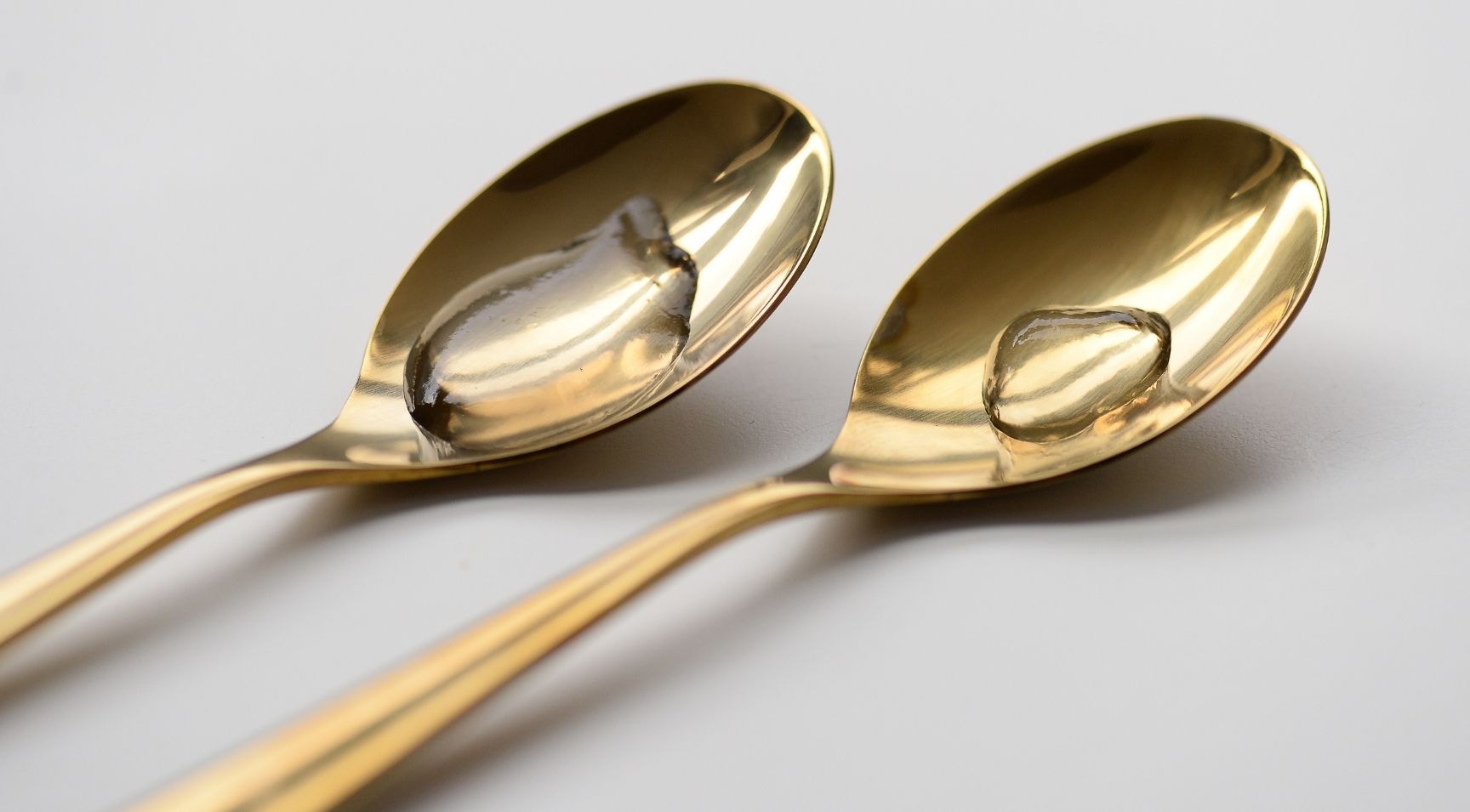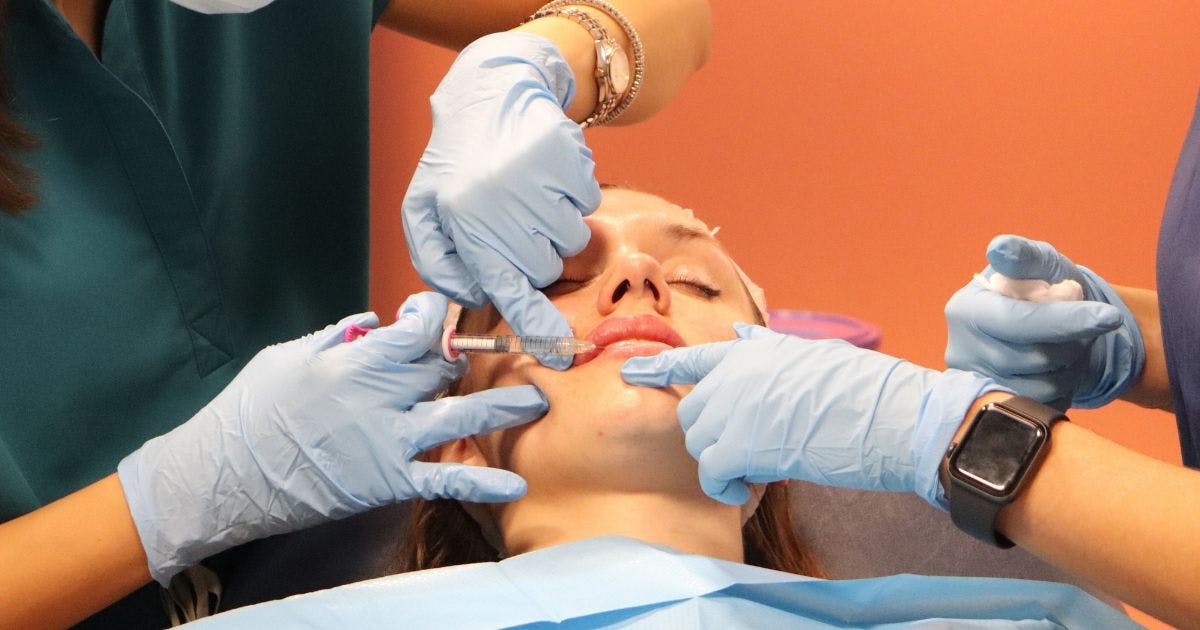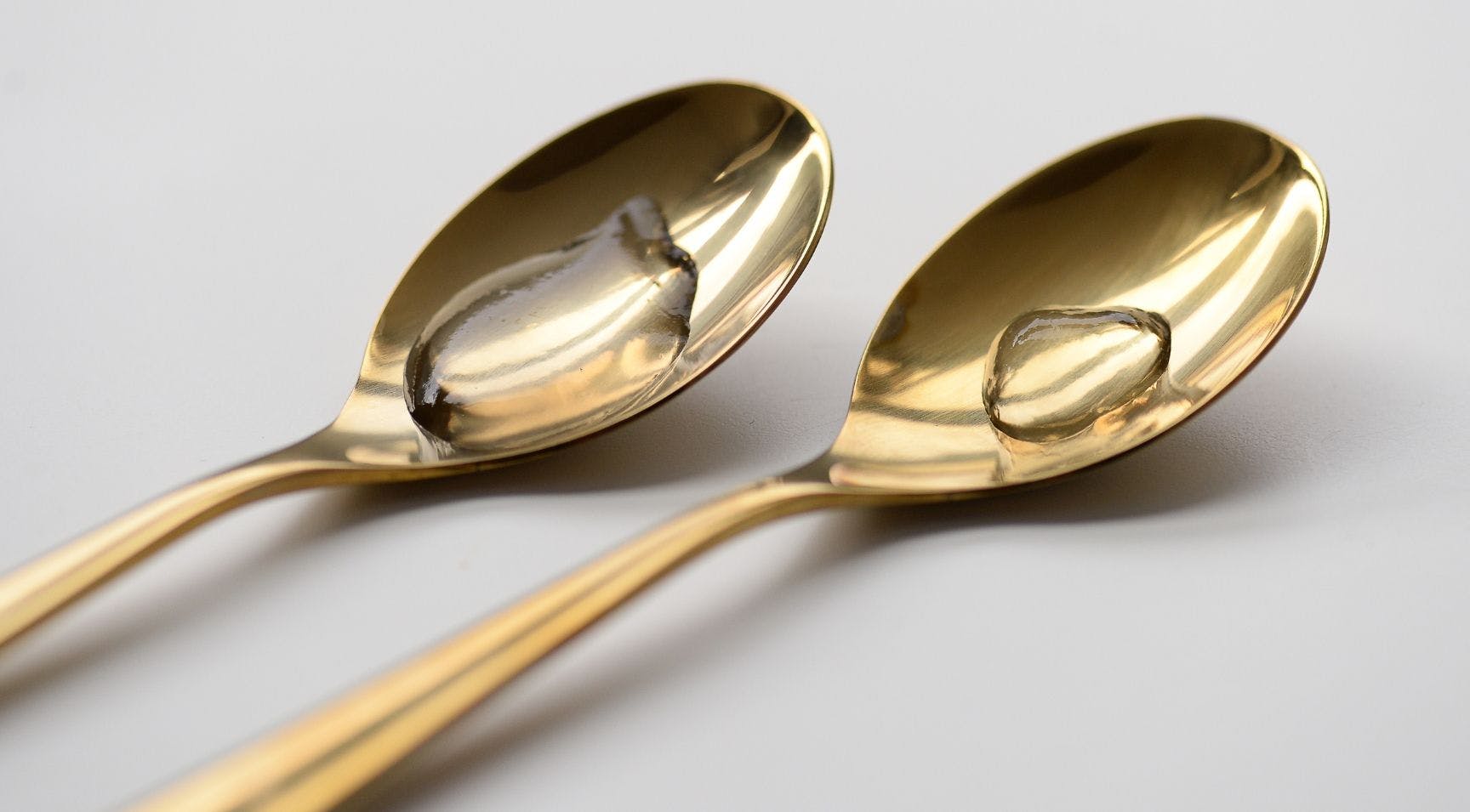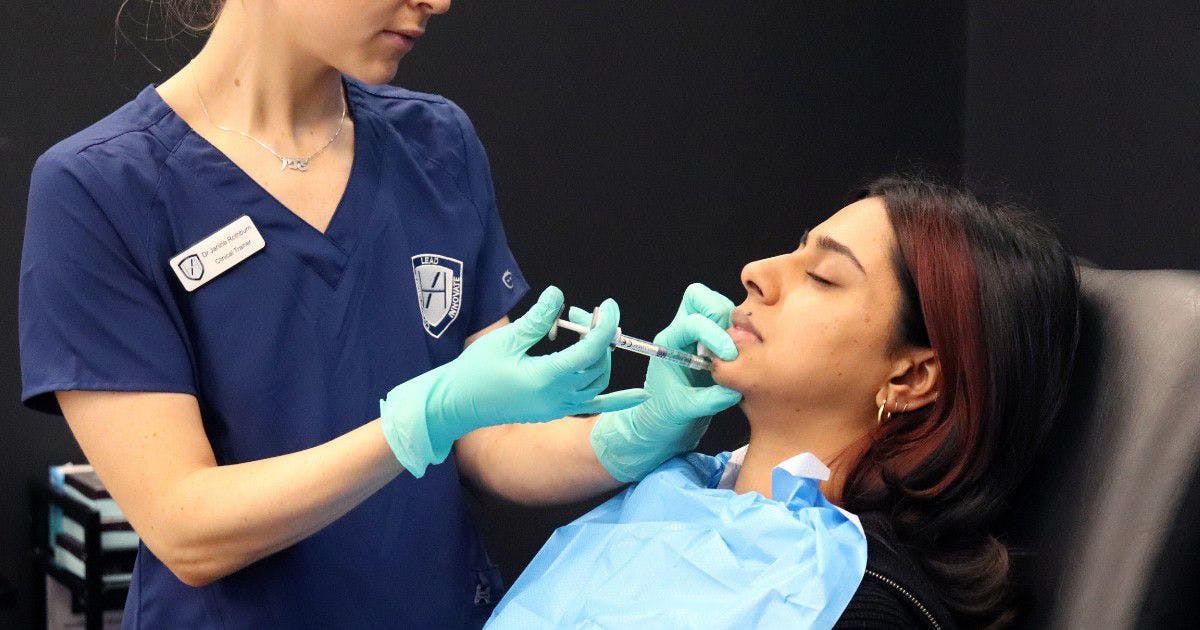Choosing the Best Filler Type for Each Treatment Area

With so many products available, choosing the best filler type for each treatment area can be bewildering. However, building up this knowledge can help you create natural, effective aesthetic results that bring back patients time and again.
Clinical trainer, Dr Victoria Russell advises what injectors need to know when choosing hyaluronic acid (HA) fillers for each treatment.

Why you need to choose different filler types for each area
It’s worth bearing in mind that the ideal filler would have similar biophysical and rheological properties to the tissue it’s replacing. That said, there are other factors that need to be considered. These include longevity of results, ease of injection, cost-effectiveness and patient side effects/complications.
With hundreds of fillers on the market, be mindful that how brands market their products can introduce bias. Always consider the science and research behind what you’re using as a medical aesthetics practitioner.
Liability and sourcing
You are liable for the source of the product used. The number of counterfeit dermal fillers out there is large and continually growing. There are also dubious sourcing issues where the product may be genuine but could be out of date or have been incorrectly stored, for example. These will often have a too-good-to-be-true price.
Be cautious and only use trustworthy suppliers, such as reputable pharmacies for your products
We have previously written about how to tell if a pharmacy is genuine.
Unlike botulinum toxin, HA fillers are not prescription-only medications. The UK government regulates these as medical devices through its Medicine and Healthcare Products Regulatory Agency (MHRA).
A filler that’s been on the market longer will have been monitored more for any potential concerns than a newer product. This is due to what’s known as post-market surveillance. As such, it’s generally considered to be safer to use.
Why it’s important to have different filler types for different treatments
“Patients will come to you with various treatment needs. So it’s important to have a good understanding of the different dermal fillers available. This ensures you’re able to achieve natural-looking and beautiful results”, Dr Victoria notes.
“Choosing the best filler will depend on the desired aesthetic outcome, the anatomical treatment area and the depth you’re injecting.
“Fillers are a gel-like substance that come in varying levels of thickness and should mimic the tissue that they’re replacing.”

Crosslinking and G prime
Their properties are influenced by factors such as hyaluronic acid concentration, level of crosslinking and G prime (G’).
- The higher the HA concentration, the longer the duration
- Crosslinking is the basis for the mechanical strength of the gel and improves product longevity
- The higher the G’ of a gel, the less it deforms under pressure and the more energy it can retain and store. This is associated with more volumising and supportive properties.
Dr Victoria gives the following examples, “For a dynamic area such as the lips, you’ll be placing filler superficially. Opt for a softer product with a lower hyaluronic acid (HA) concentration. To treat volume replacement in the cheeks, you would inject in deeper layers. You’d want a firmer product with a higher concentration of HA.”
Each filler type has a different G prime rating, which relates to its fluidity and flexibility. Our article on Understanding G Prime can also help you to select the appropriate product for your treatments.
What fillers to use to treat each area
A range of soft tissue fillers will have a variety of products within it. These will be designed to encompass various requirements, dependent on the indication for treatment.
Dr Victoria talks through the dermal filler types for various anatomical areas...
Temples
“A firm product is required if you are placing it in layer five, supraperiosteal.” More superficially, you may consider softer products with cannula techniques.
Tear troughs
“This is a delicate area with thin overlying skin. When treating the tear troughs, it’s important to choose a product that is not so hydrophilic that it could cause oedema. A soft and thin dermal filler is suitable for this area.”
Lips
“Depending on the desired outcome you could use a softer product to enhance and hydrate the lips. A slightly firmer product can also work to add shape and structure. For this lip filler treatment, you’d be placing it in layer two, superficial fat.”
Perioral area and smokers’ lines
“Here, the product is placed superficially. A softer dermal filler that mimics the dynamism of the perioral area is ideal. Crosslinked skin boosters draw in water for hydration and volumisation. This is particularly useful when treating smokers’ lines.”
Medial cheeks
“The medial cheeks are made up of two subcutaneous fat layers. These consist of fat pads located in the deep and superficial layers.
“To replace volume in the deep fat pads, you can choose a firmer filler product.”
Lateral cheeks
“Treating the lateral cheeks involves periosteal product placement along the zygomatic arch or subcutaneous volume replacement in the preauricular area. A firmer product is useful here.
Preauricular area
“For the preauricular area, it’s important to note, that if patients have thin or crepey skin, softer products are more appropriate to avoid the product being visible from the surface.”
Piriform fossa
“The piriform fossa is a deep space, so volumisation with a firmer product can be used.” Some practitioners may opt for a medium product as vascular compression is theoretically less likely with a softer product.
Marionette lines and nasolabial folds
“These are dynamic areas around the mouth so it’s important to use a soft product that mimics the tissues. It also depends on the volume replacement required and the quality of the overlying skin.”
Jawline and Chin
“For jawline filler and chin contouring, a firmer product would be more suitable.” These are your high G’ dermal filler types.

Common mistakes injectors make when choosing filler types
Dr Victoria notes, “Deciding which filler product is best to use can be confusing. Some common mistakes new injectors make when selecting filler types are:
- “Using different fillers from different brands - it’s useful to understand a couple of “brands well rather than using too many, especially for new injectors
- “Not having a good understanding of the rheology of the dermal fillers
- “Selecting a product and using it in the wrong plane or at the wrong depth, for example choosing a firm product and placing it superficially or a soft product in the deeper layers.”
4 Top tips for selecting the right type of dermal filler each time
As an aesthetics practitioner, Dr Victoria recommends you follow these tips to make the best decisions on filler types:
1. Get familiar with one or two ranges of hyaluronic acid fillers before you start out on your own
2. Be mindful of biased brand marketing and do your research. Consider the evidence base and safety profile of the brands you’re thinking of using
3. Always purchase your dermal fillers from a trustworthy source - either a reputable pharmacy or directly from the brand
4. Extremely cheap fillers are unlikely to be safe to use. We understand that there may be budget restrictions, but patient safety always comes first.

There’s more to being an aesthetics practitioner than just injecting!
As you’ll no doubt realise by now, being an aesthetics practitioner is so much more than just injecting.
We encourage all our trainees - doctors, dentists, nurses and clinical pharmacists - to acquire a solid, foundational knowledge in the following areas. These should then be regularly expanded upon and rigorously applied throughout your aesthetic medicine career.
- Facial anatomy and skin ageing
- Appearance psychology and understanding your patients’ treatment drivers
- Patient assessment and selection
- Appropriate product and tool choices, eg. filler types and needle v cannula
- Injection techniques and how to make your patient comfortable
- Complications prevention and management
- Aftercare advice and follow-ups
- Properly documenting patient interactions and medicolegal requirements.
No matter what stage of your medical aesthetics career you’re at, there’s always more to learn. So, whether you’re looking to establish a new specialism, deepen your understanding of this fascinating field or build your confidence in specific treatment areas, we have exceptional aesthetic medicine training courses to suit.
Our Course Advisors are here to support you in making the best decision for your unique situation. Book a free 15 minute advice call with them to discuss what you’re looking for, and they’ll recommend your perfect training pathway.
All information correct at the time of publication
Download our full prospectus
Browse all our injectables, dermal fillers and cosmetic dermatology courses in one document
By submitting this form, you agree to receive marketing about our products, events, promotions and exclusive content. Consent is not a condition of purchase, and no purchase is necessary. Message frequency varies. View our Privacy Policy and Terms & Conditions
Attend our FREE open evening
If you're not sure which course is right for you, let us help
Join us online or in-person at our free open evening to learn more
Our Partners













STAY INFORMED
Sign up to receive industry news, careers advice, special offers and information on Harley Academy courses and services

